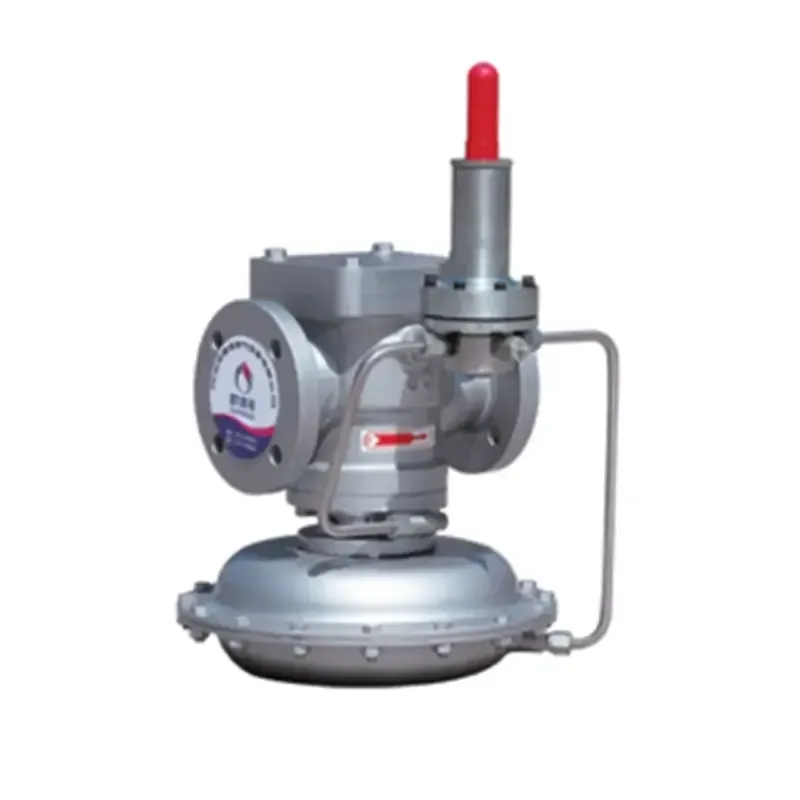
Dec . 17, 2024 16:27
Back to list
Natural Gas Pressure Regulation Solutions for Efficient System Performance
Understanding Natural Gas Pressure Reducing Valves
Natural gas is a vital source of energy worldwide. It's used for heating, electricity generation, and as a fuel for vehicles, among other applications. However, the natural gas that is distributed through pipelines is typically at very high pressures, often exceeding 1000 psi (pounds per square inch). This pressure is much higher than what is safe or practical for residential or commercial use, which is typically in the range of 4 to 7 inches of water column pressure. To safely and effectively use natural gas, a mechanism known as the pressure reducing valve (PRV) is employed.
What is a Natural Gas Pressure Reducing Valve?
A natural gas pressure reducing valve is a crucial device within a gas distribution system. It is responsible for reducing the high pressure of natural gas delivered from pipelines to a usable, lower pressure. The function of the PRV is to ensure that gas appliances, heaters, and other equipment operate efficiently and safely without the risk of overpressure, which could lead to equipment damage, leaks, or worse, hazardous situations.
How Do PRVs Work?
The operation of a pressure reducing valve is based fundamentally on the principle of pressure regulation. A typical PRV consists of an inlet, an outlet, and a diaphragm mechanism. When high-pressure gas enters the valve, it acts against a spring-loaded diaphragm. As the gas pressure pushes the diaphragm, it opens a valve seat that allows the gas to flow through the outlet. The valve continuously adjusts to changes in downstream pressure, maintaining a constant output pressure regardless of fluctuations in the input pressure.
This automatic adjustment is vital. If a gas appliance tries to draw more gas than the system can supply at the reduced pressure level, the PRV will respond by further restricting flow, thereby maintaining the set pressure. Conversely, if demand decreases, the PRV will allow more gas to flow, stabilizing the pressure for all connected devices.
Key Features of Natural Gas PRVs
natural gas pressure reducing valve

1. Adjustable Pressure Settings Many PRVs allow for easy adjustment of outlet pressure. This flexibility enables technicians to customize the system based on specific requirements for different appliances.
2. Safety Mechanisms Modern PRVs come equipped with safety features, such as shut-off capabilities in case of overpressure, ensuring that the system does not exceed safe limits.
3. Material and Resilience Since natural gas can be corrosive, PRVs are often made from materials resistant to wear and corrosion, such as brass or stainless steel. This durability extends the life of the valve.
4. Size and Flow Capacity PRVs are available in various sizes and flow capacities to accommodate different applications, from small household systems to large industrial setups.
Importance of Regular Maintenance
Just like any other mechanical device, natural gas pressure reducing valves require regular maintenance to ensure optimal performance. Over time, dirt and debris can accumulate within the valve, impacting its ability to regulate pressure effectively. Routine inspection and cleaning can help prevent potential issues. Additionally, monitoring for leaks is crucial, as even minor leaks can lead to significant safety hazards.
Conclusion
Natural gas pressure reducing valves play an essential role in the safe and efficient distribution of natural gas. By moderating high-pressure gas to levels appropriate for use in various applications, these valves enhance system safety and operational efficiency. Understanding the functionality and importance of PRVs not only aids users in better managing their gas systems but also underscores the need for regular maintenance to ensure continued safety and reliability. Whether in residential, commercial, or industrial settings, the contributions of pressure reducing valves remain integral to the effective use of natural gas in our daily lives.
Latest news
-
Safety Valve Spring-Loaded Design Overpressure ProtectionNewsJul.25,2025
-
Precision Voltage Regulator AC5 Accuracy Grade PerformanceNewsJul.25,2025
-
Natural Gas Pressure Regulating Skid Industrial Pipeline ApplicationsNewsJul.25,2025
-
Natural Gas Filter Stainless Steel Mesh Element DesignNewsJul.25,2025
-
Gas Pressure Regulator Valve Direct-Acting Spring-Loaded DesignNewsJul.25,2025
-
Decompression Equipment Multi-Stage Heat Exchange System DesignNewsJul.25,2025

